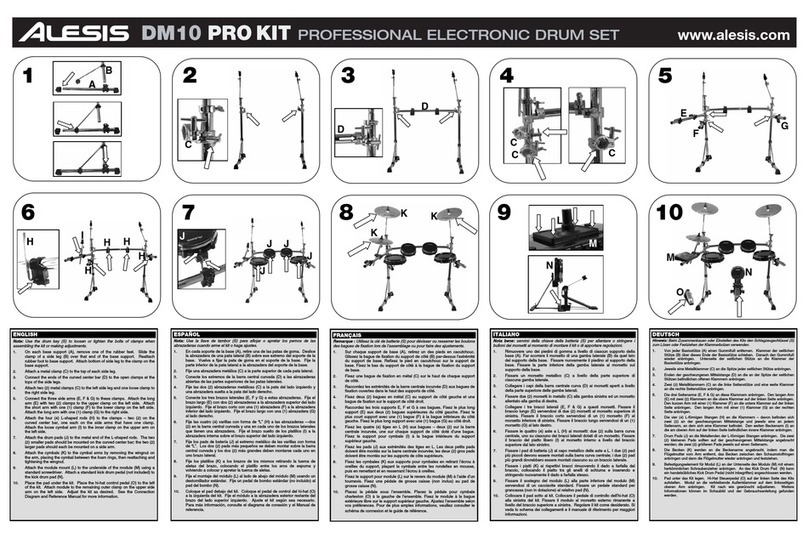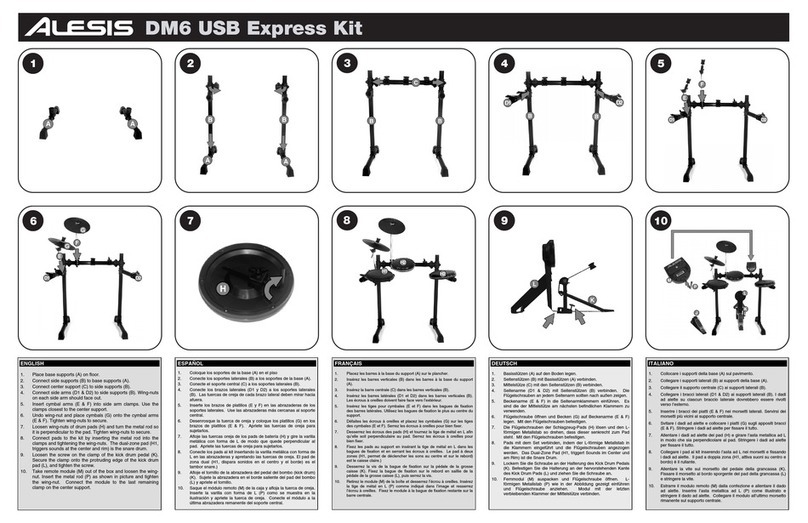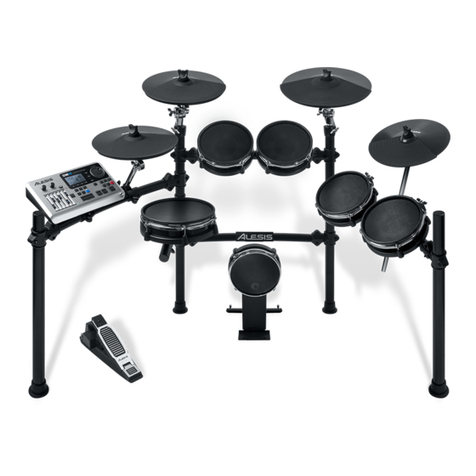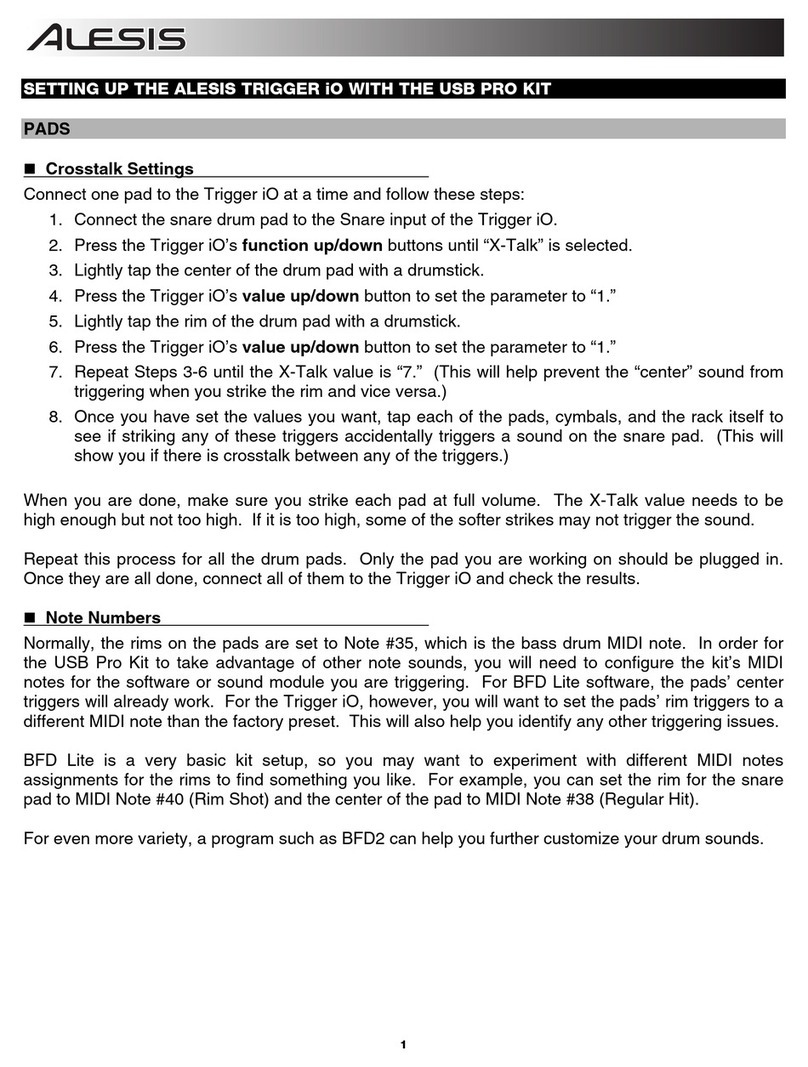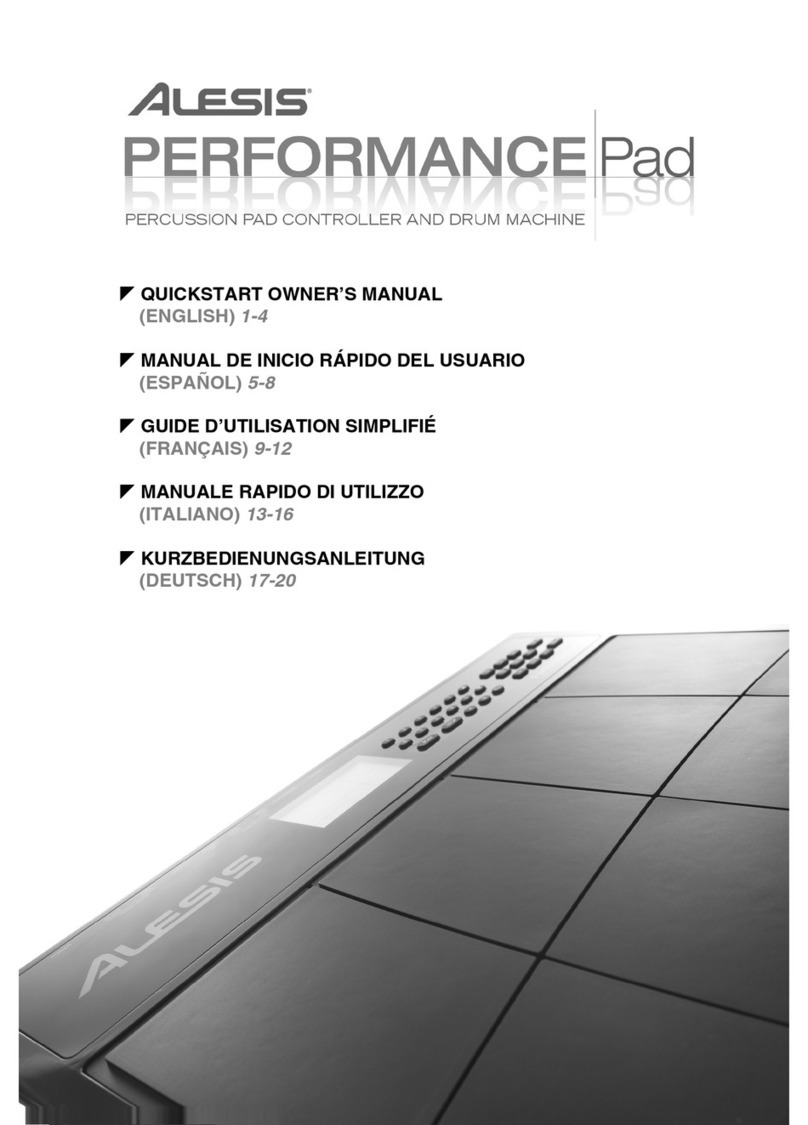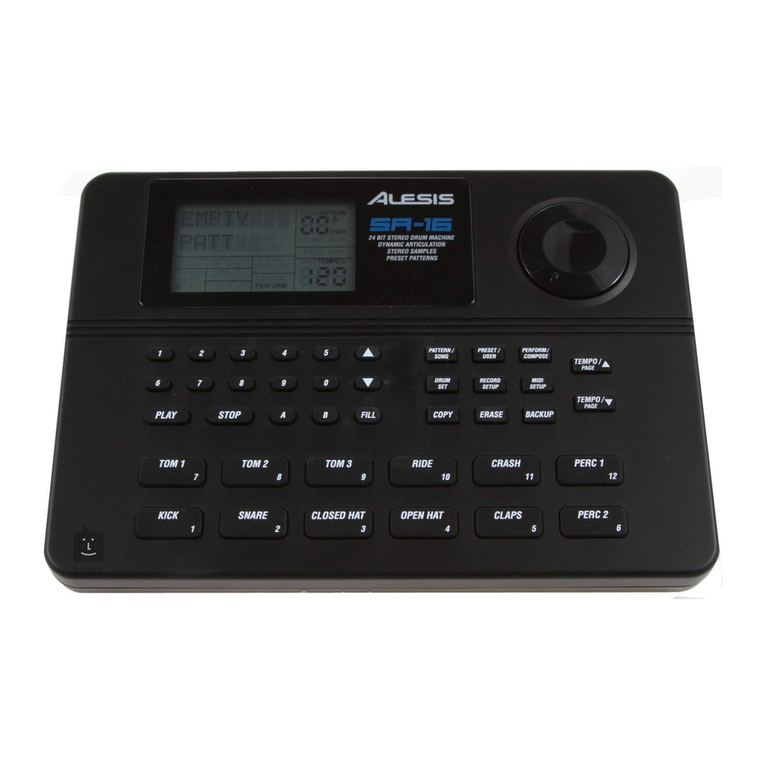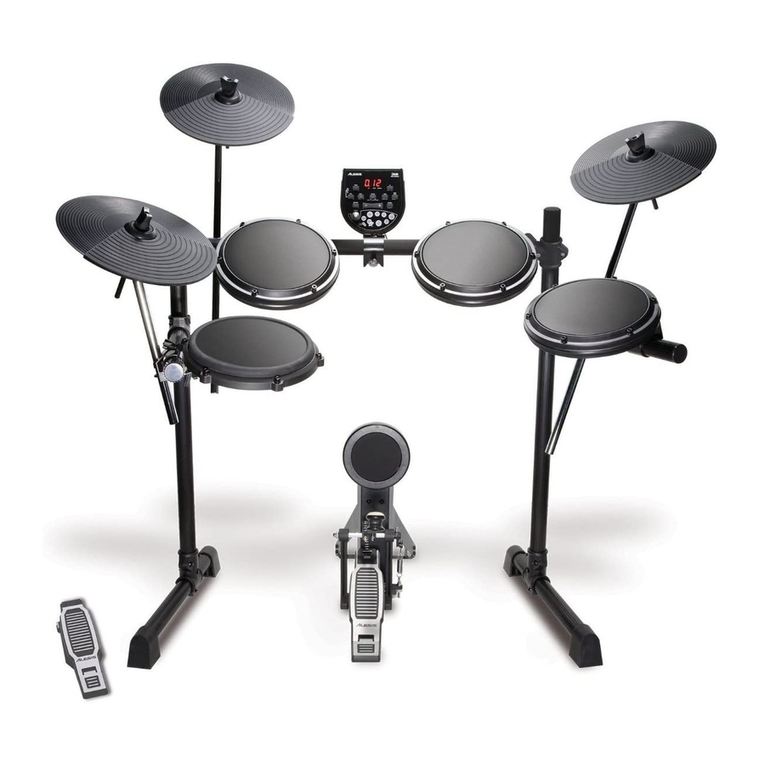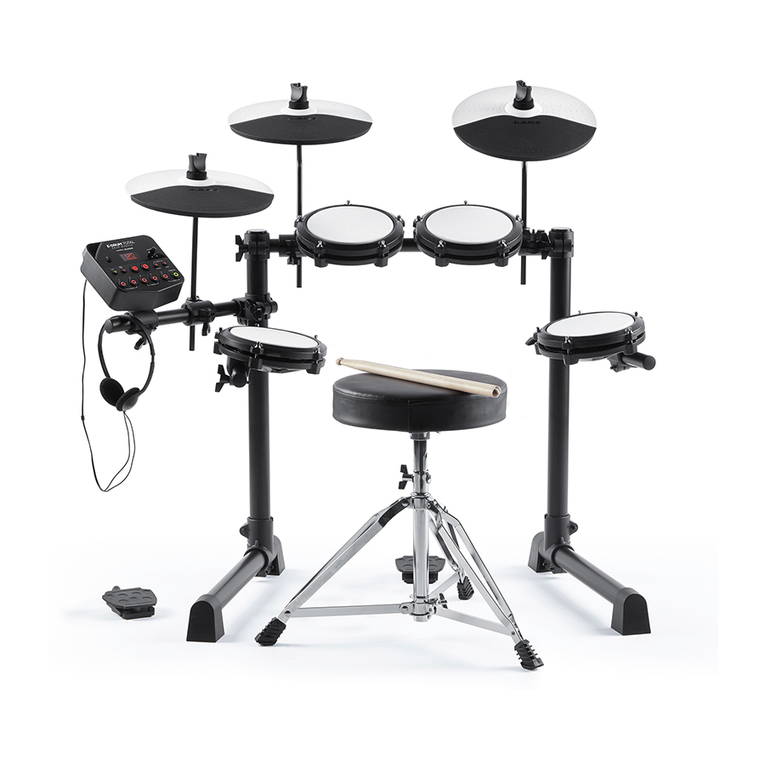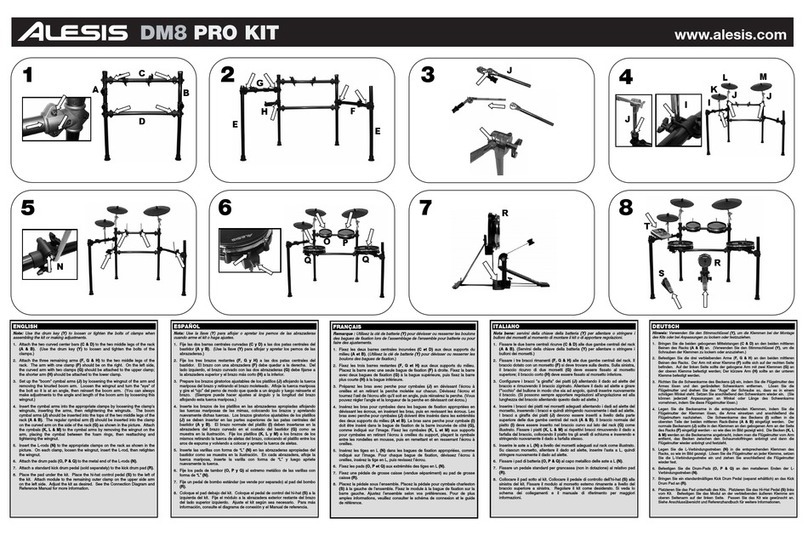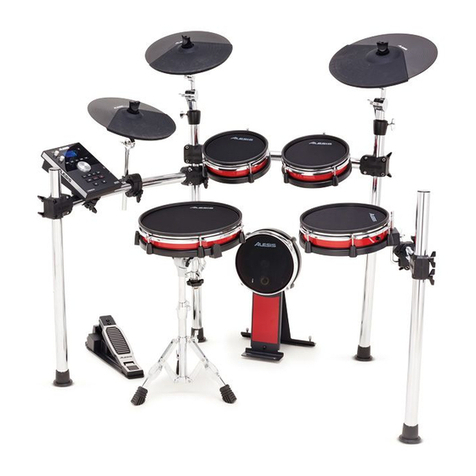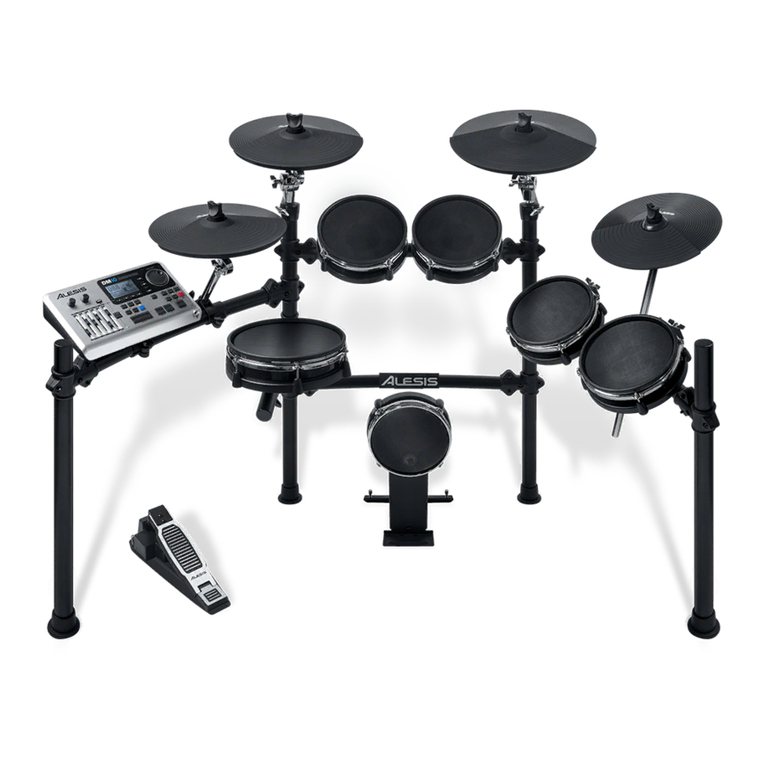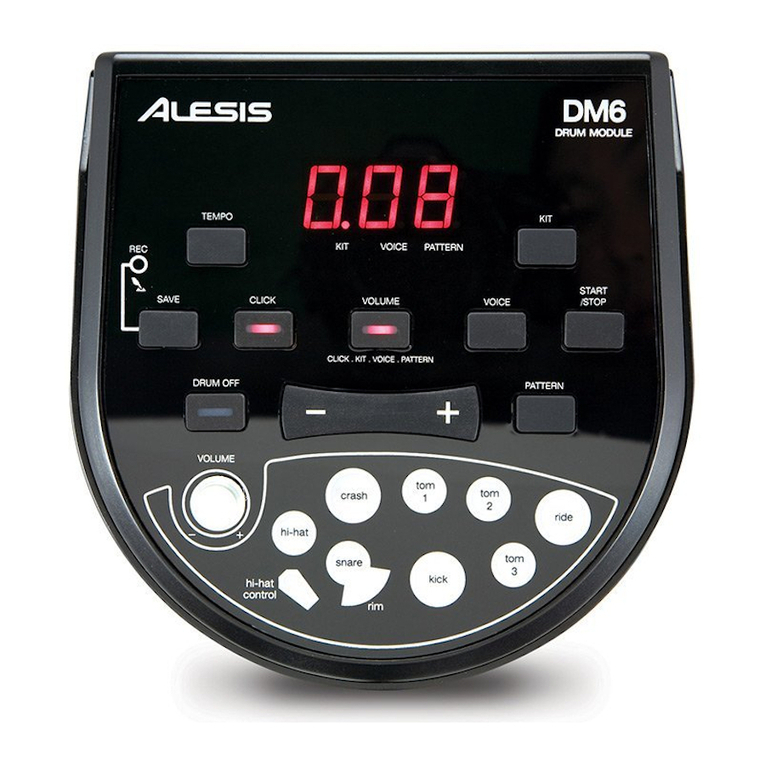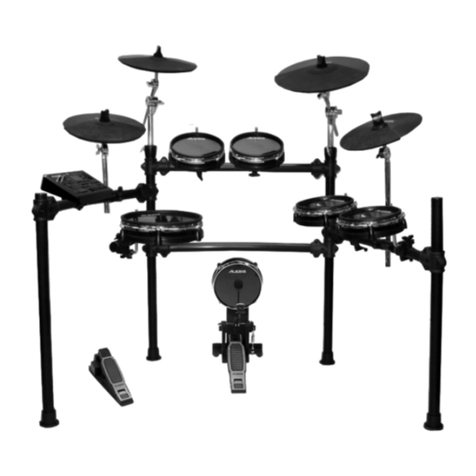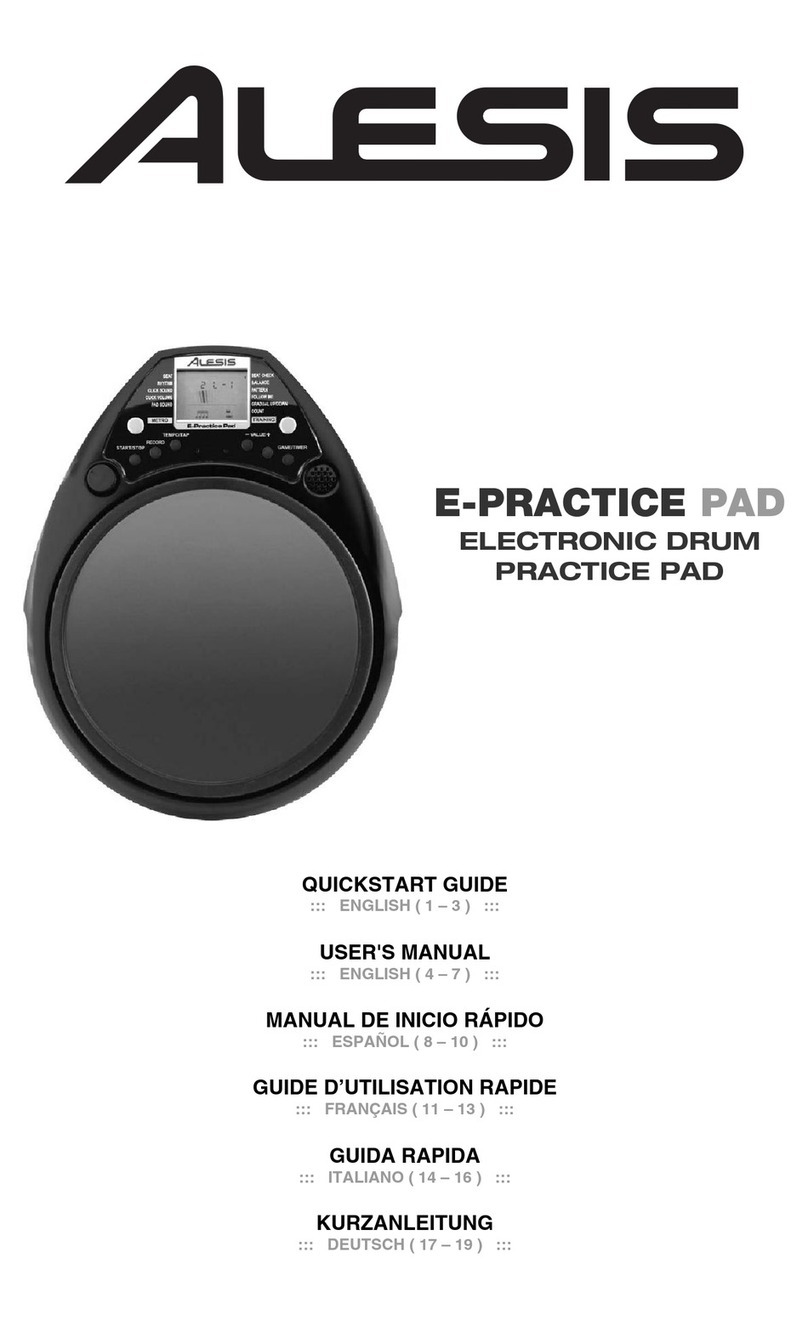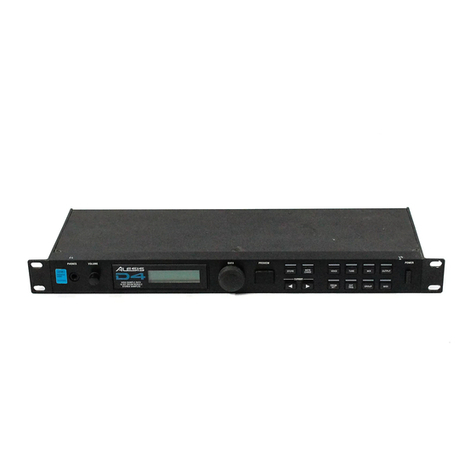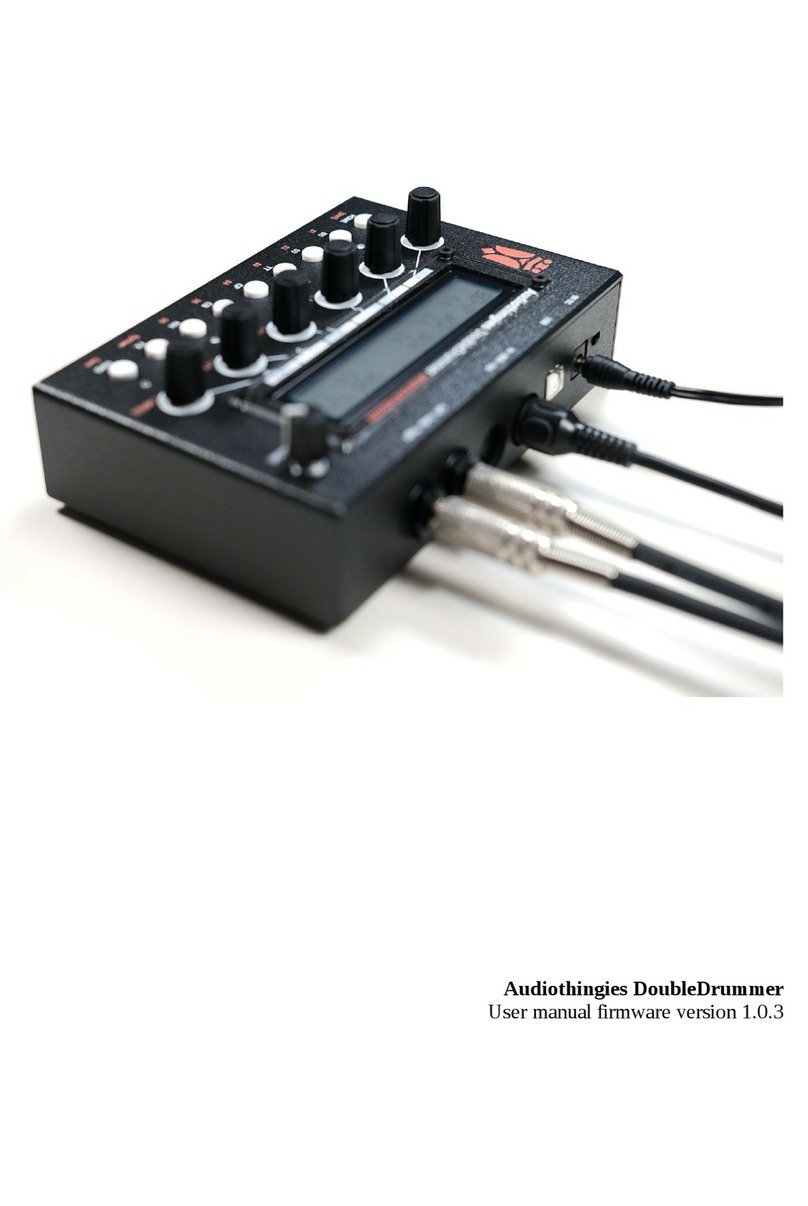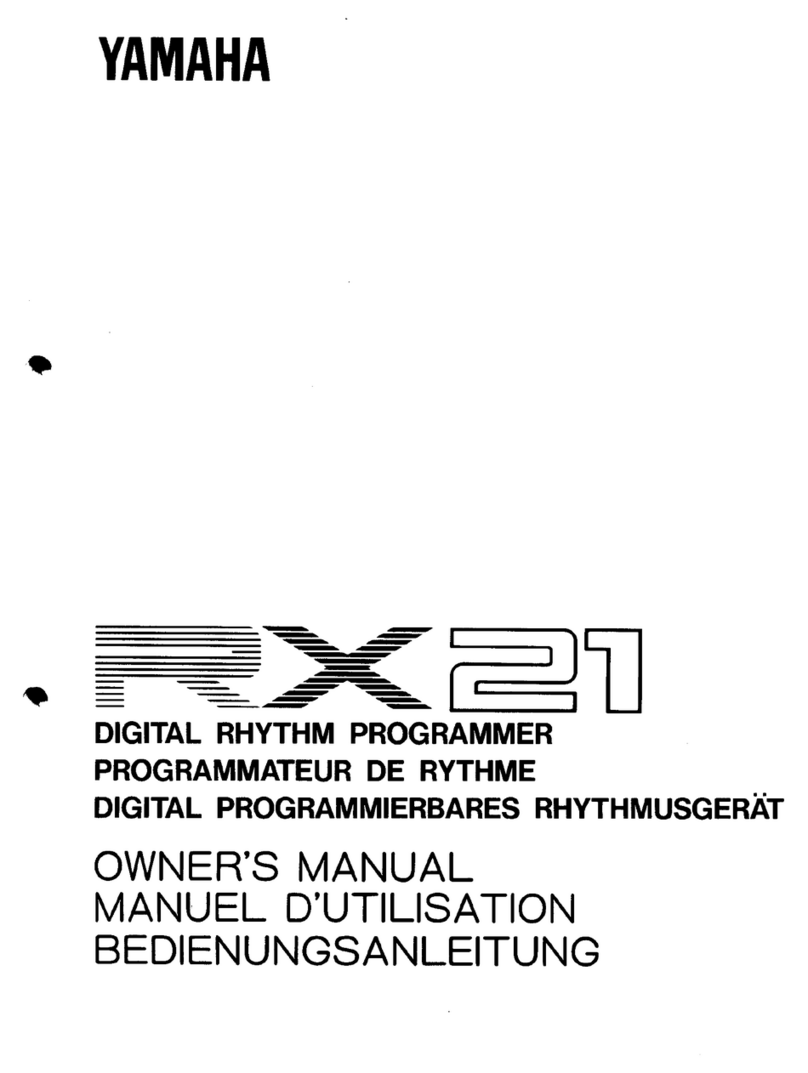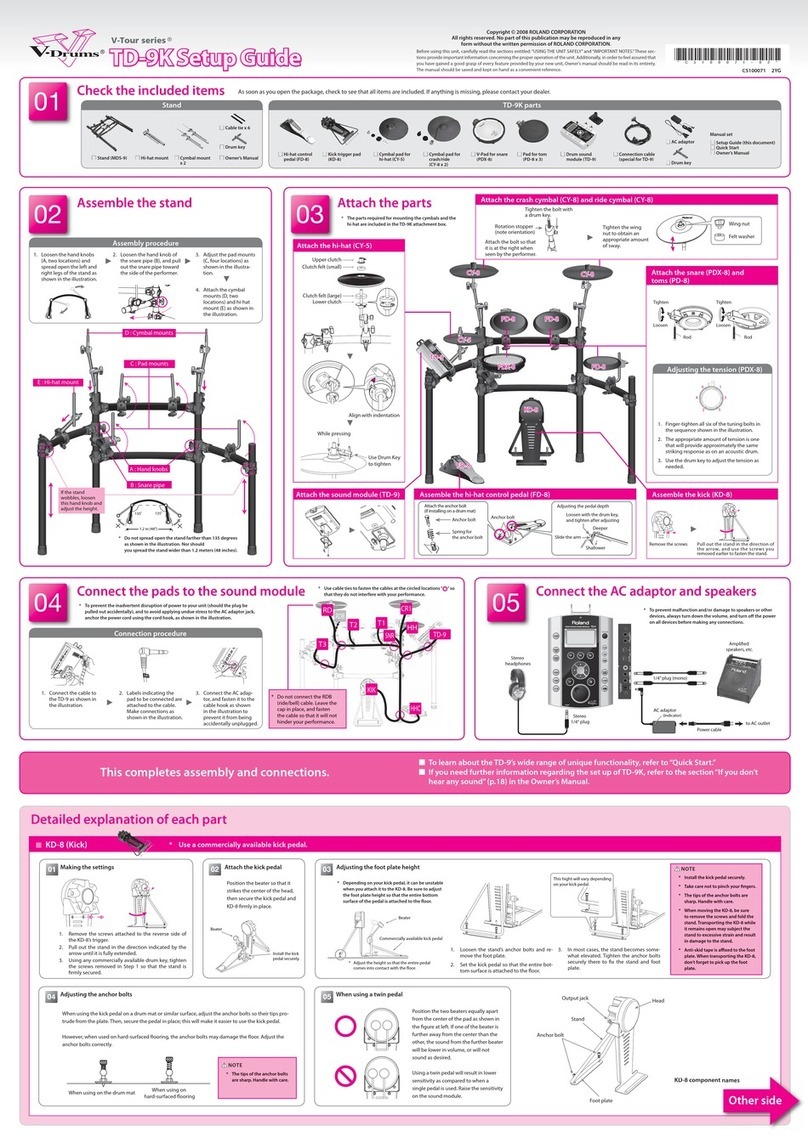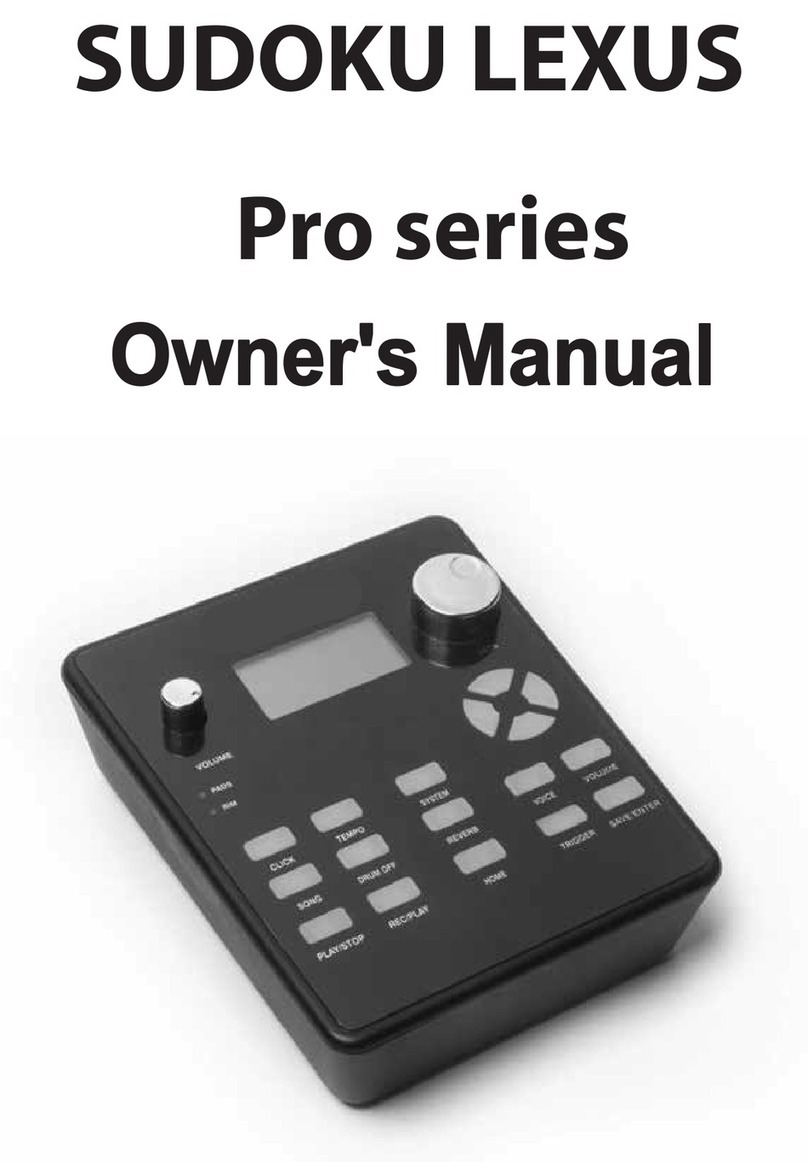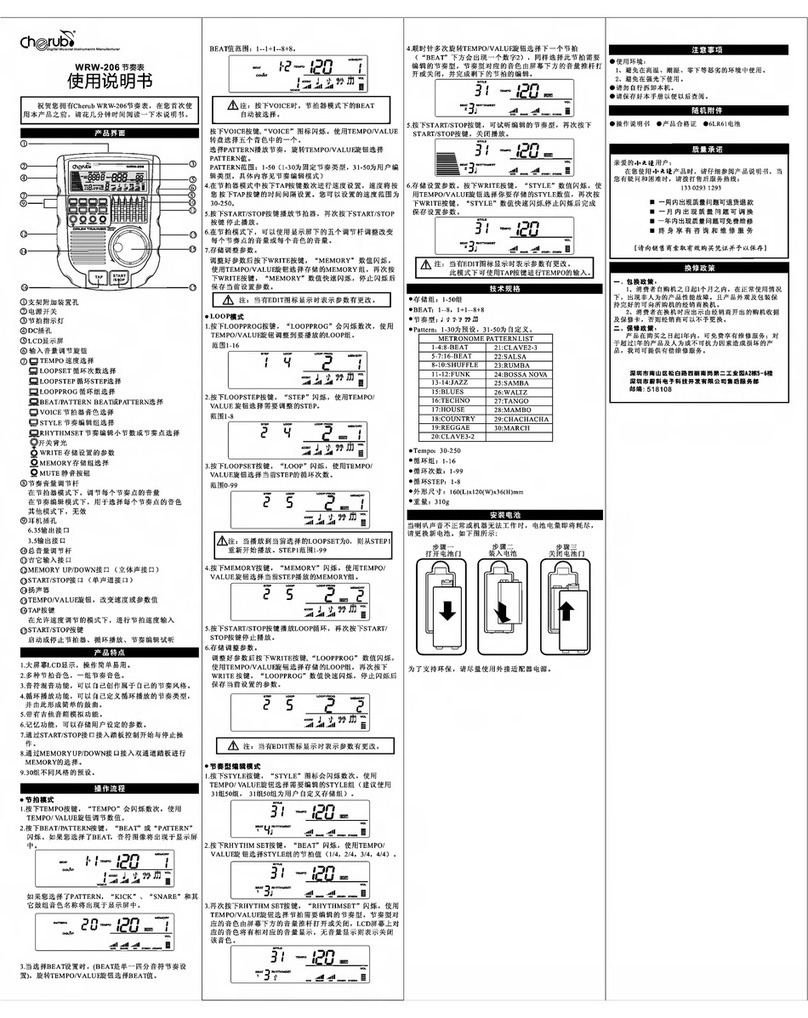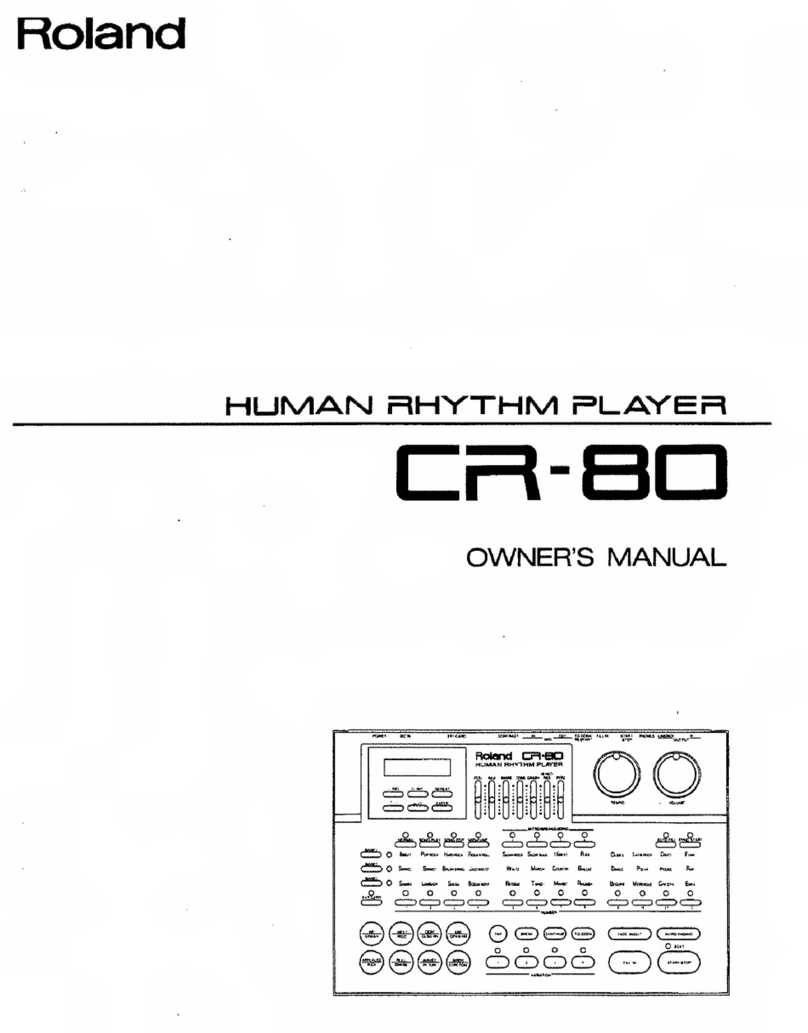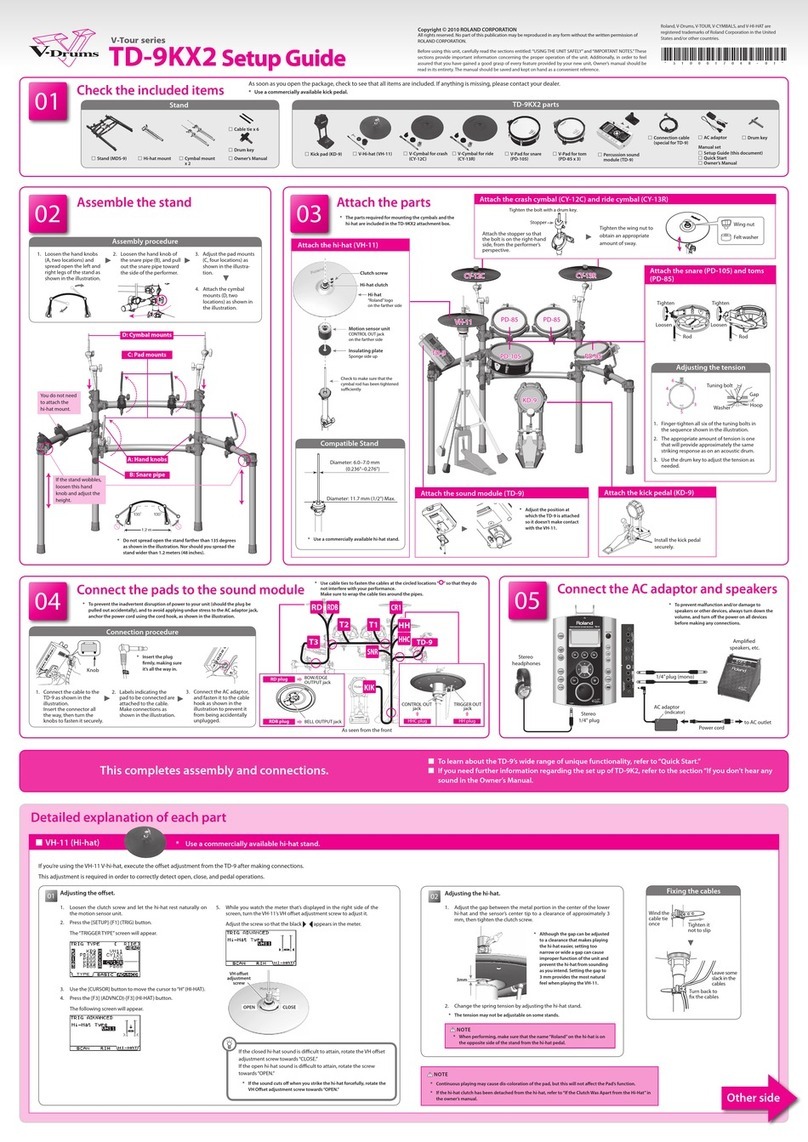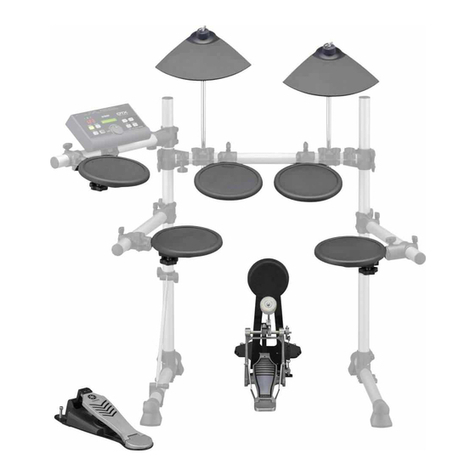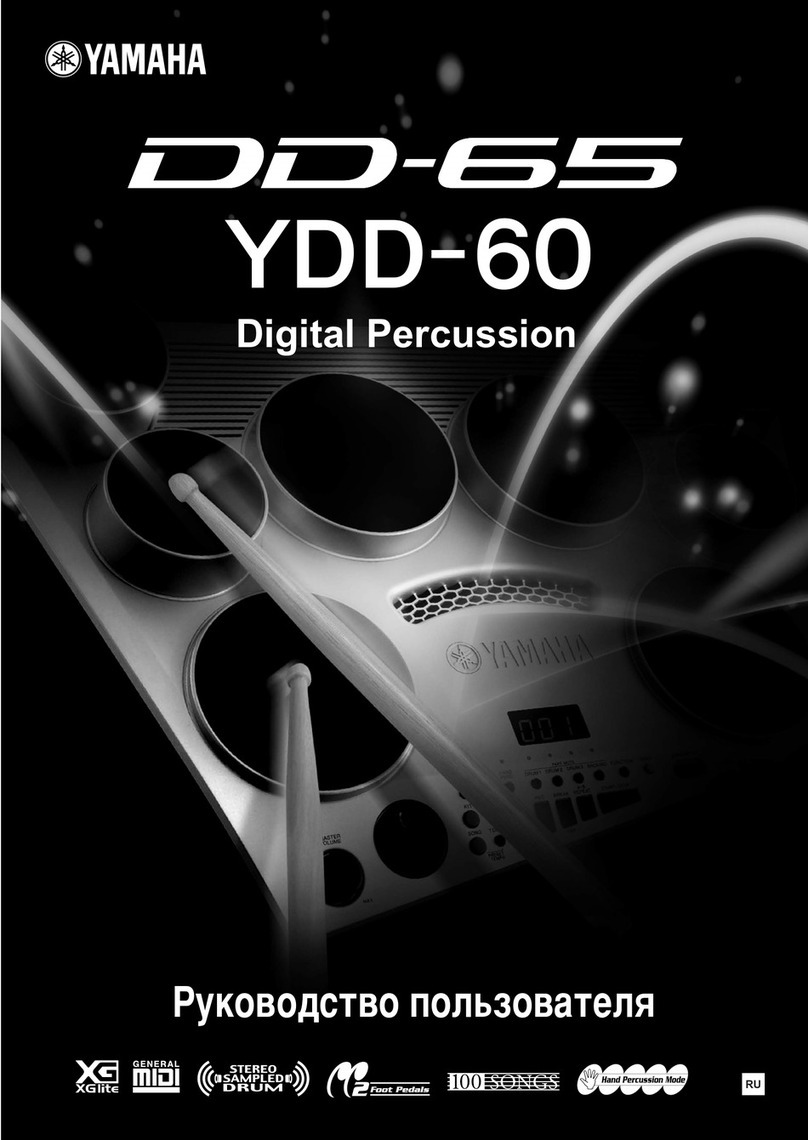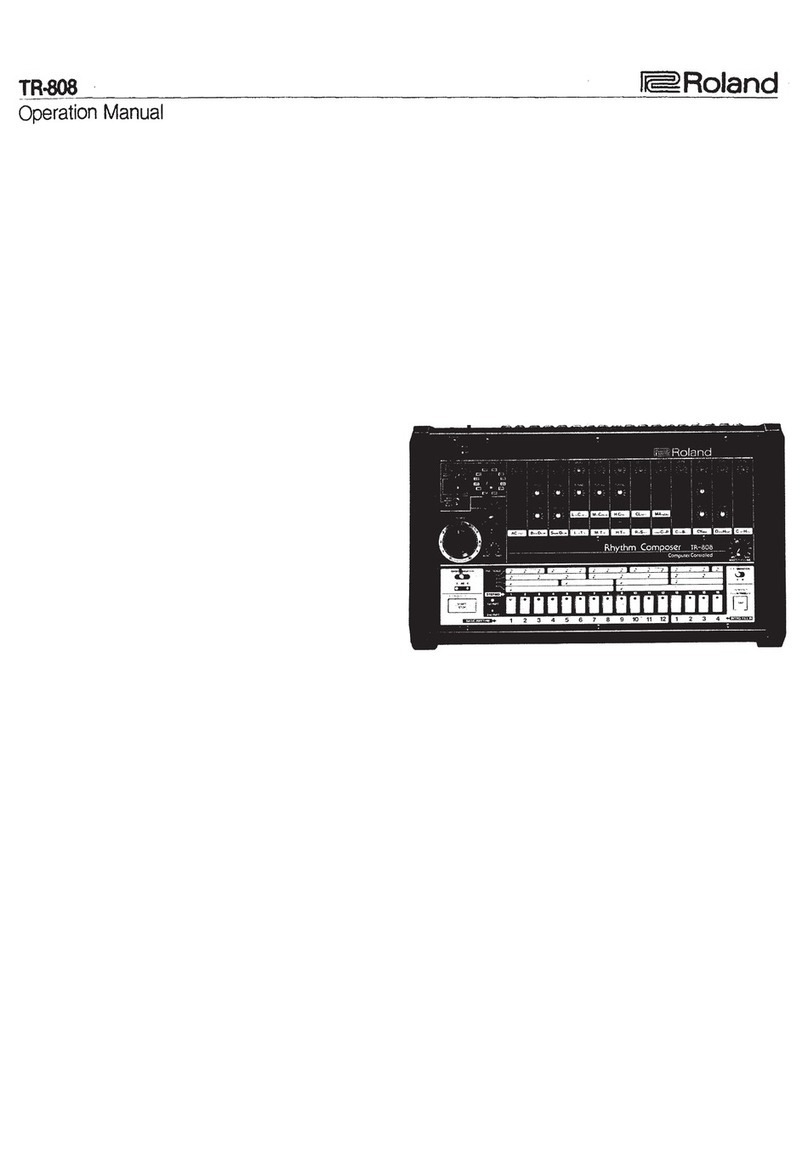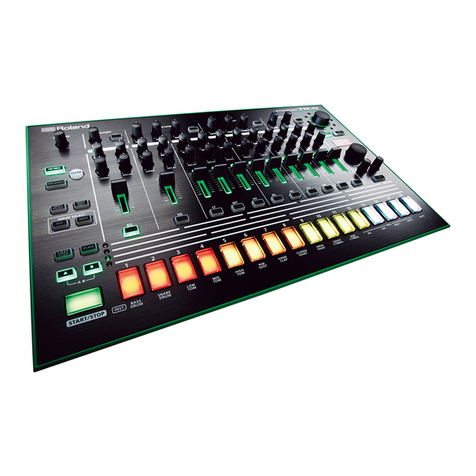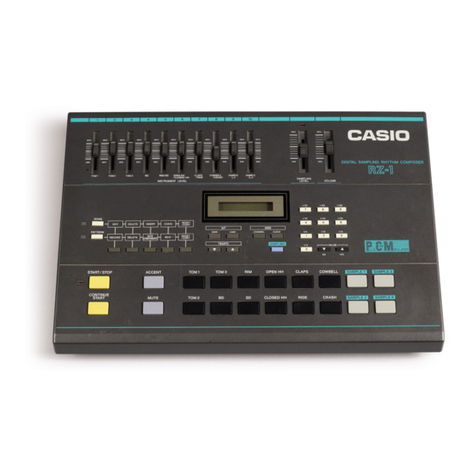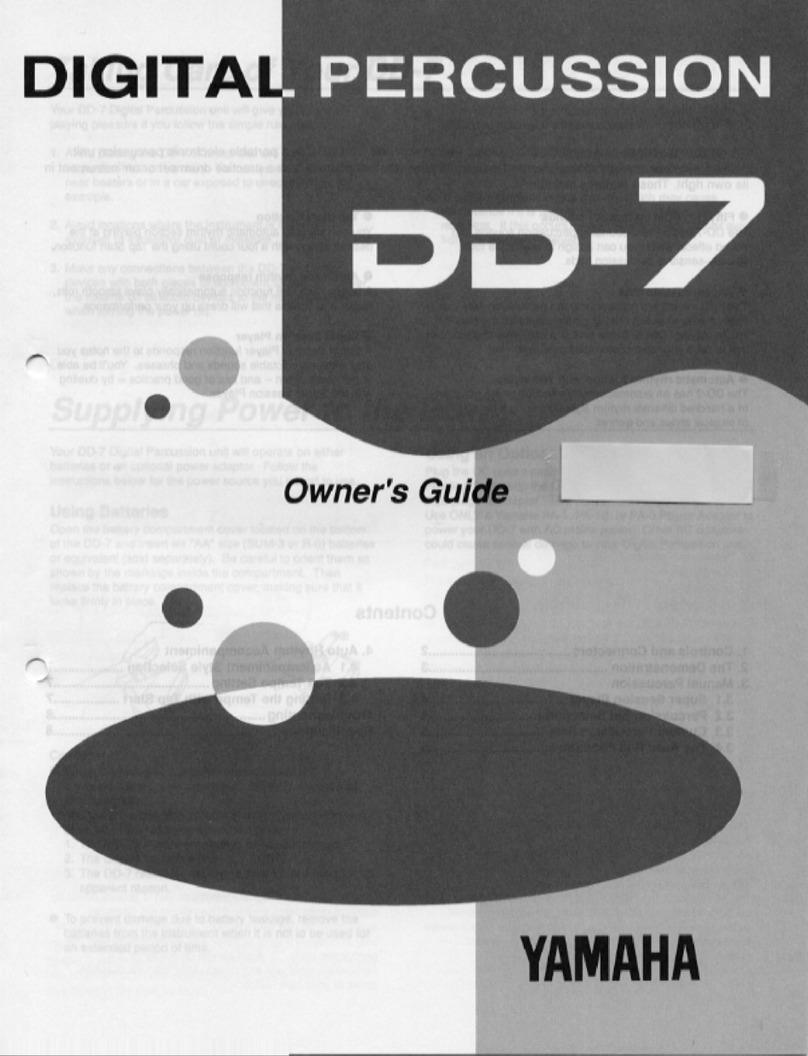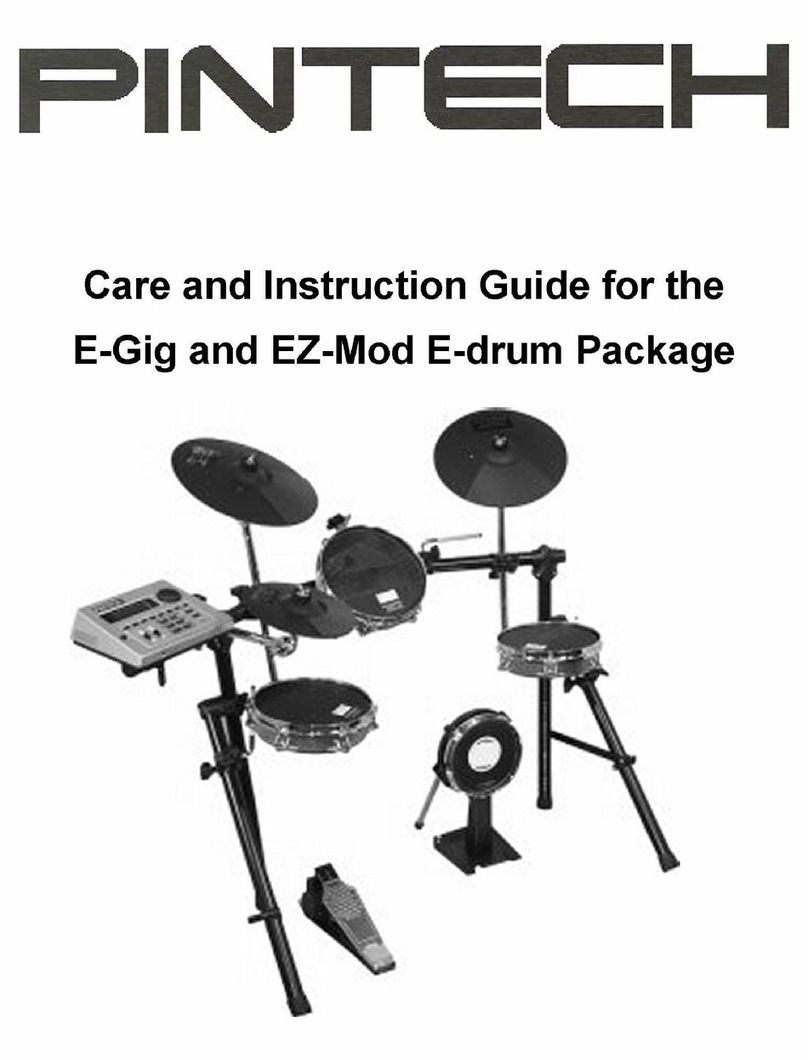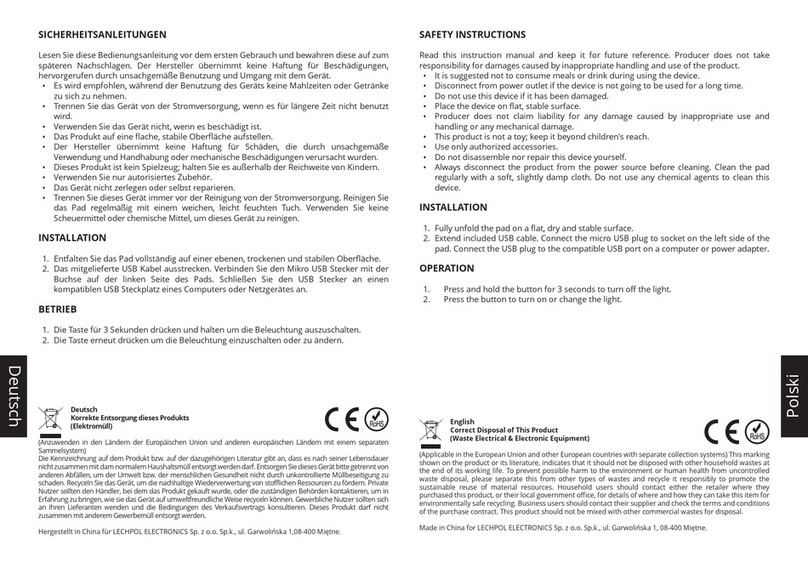
1
SURGE CYMBALS SETUP GUIDE
INTRODUCTION
Electronic cymbals produce no sound themselves and require the use of external sound modules in
order to be used as musical instruments. Surge Cymbals are compatible with many drum modules
on the market including those manufactured by Roland™, Yamaha™, Ddrum™, and, of course,
Alesis.
Surge Cymbals can also be used to trigger sounds on any MIDI instrument using a “Trigger to MIDI”
interface such as the Alesis Trigger IO module.
QUICK SETUP
1. Insert the “right angle” plug into the trigger housing on the underside of the cymbal.
2. Place the cymbal onto a cymbal stand.
3. Connect the other end of the cable to your drum module.
4. Set the trigger type specified for your cymbal and module.
5. Adjust the trigger settings to suit your needs.
CONNECTING THE CABLE
Each Surge cymbal comes complete with a stereo 1/4” male-to-male cable. One end of the cable has
a “right angle” plug. This end should be connected to the trigger housing on the underside of the
Surge Cymbal while the straight end should be connected to your module’s trigger input.
PROPER CYMBAL MOUNTING
Surge Cymbals are designed to be mounted on any standard cymbal stand or mounting arm. Typical
cymbal stands come with a 6mm or 8mm threaded mounting rod, a series of washers, and a wing-
nut. Your Surge Cymbal should be mounted between the two felt washers, and the wing-nut should
keep these fastened to the cymbal stand.
Gibraltar™ cymbal arms are very good for mounting acoustic cymbals and electronic Surge Cymbals
as they come standard with a T-shaped plastic cymbal sleeve (which is covers the mounting rod so
the cymbal’s hole does not rub against it). Alternately, you can always use Aquarian™ Cymbal
Springs or other mounting systems with a standard 1/2” bore.
Note that you CAN NOT use a cymbal sleeve with the Surge Ride cymbal as it already has a built-in
sleeve, but be sure to use felt washers when mounting it.
Mounting the Hi-Hat Cymbals
The Surge Hi-Hat Cymbals are designed to be mounted on a fixed hi-hat arm stand – not a standard
hi-hat stand with a pedal and clutch. These are manufactured by most drum hardware companies
and are available from your favorite drum shop.
